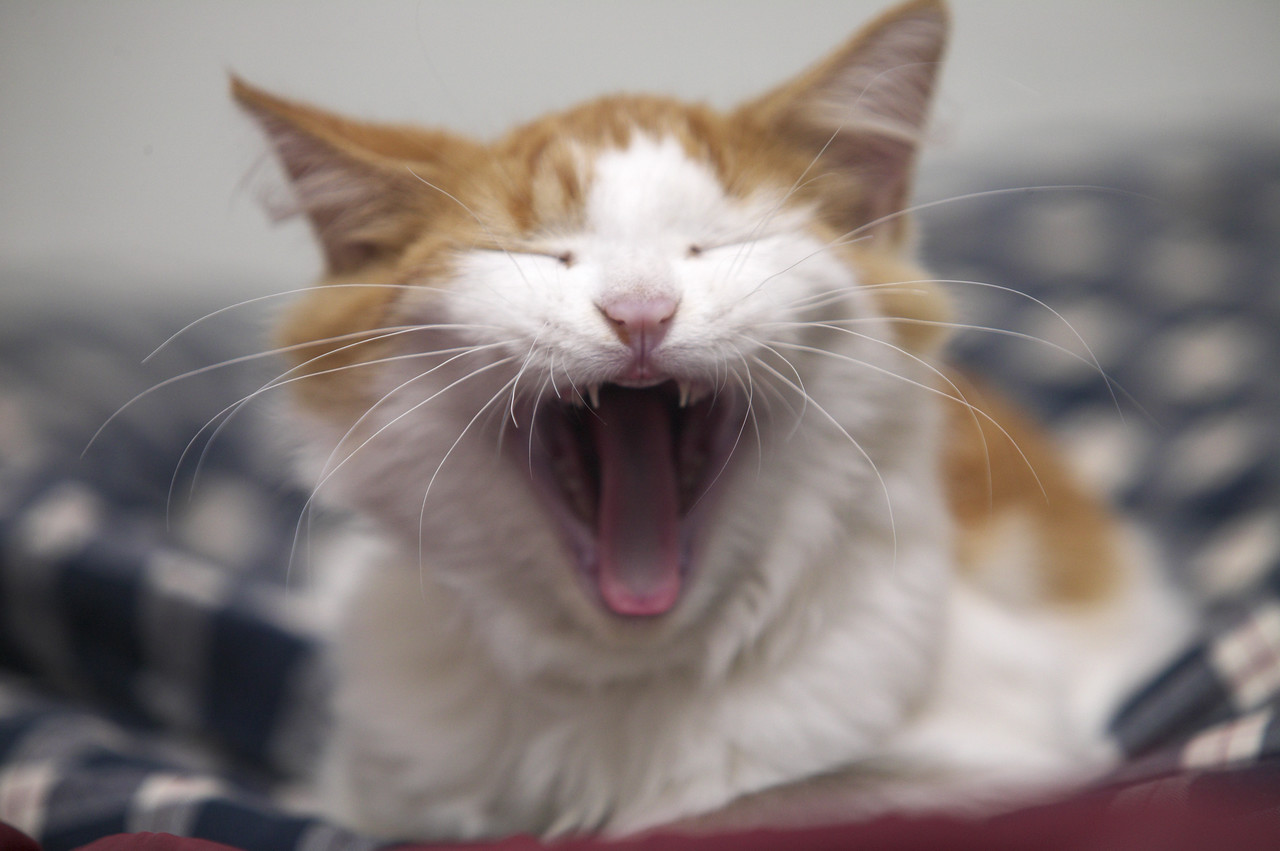Millions of laboratory animals are used each year to test new drugs yet to be approved by the FDA for safety. While some labs have been discovered to provide horrific conditions for test animals, most follow the ‘Guide for the Care and Use of Laboratory Animals’ protocol. But have you ever thought about what happens to those test animals once the research is over?
There is not an animal lover on the planet whose heart doesn’t break a little when shown photo’s or video of laboratory test animals. It is gut wrenching to know that these test animals have little to no quality of life. Once the testing is complete for that animal, what happens next is even more unimaginable. Animals used for laboratory testing, filled with drugs and test diseases, can end up in pet food.
According to the Guide for the Care and Use of Laboratory Animals, proper disposal of test animals is as follows: “Infectious animal carcasses can be incinerated on-site or collected by a licensed contractor.” In other words, used test animals would be cremated – if the laboratory has the expensive equipment to cremate test animals; or the ‘licensed contractor’ would be the area Rendering Facility, which provides the pet food industry with many ingredients. Many, many laboratories that use test animals are University based; struggling to make ends meet. It is unlikely that many University laboratories can afford cremation of test animals. Sadly, we must assume that most University lab test animals are rendered.
As example, the University of Illinois and Oklahoma State University both allow test animal carcasses to be rendered. The University of Illinois website mentions their renderer does not pick up dogs or cats. However, all other test animals, and the diseases and drugs in their bodies, are removed by local renderers whose end products sell to pet food manufacturers. Baylor University website states “non-hazardous carcass waste” is removed to the area landfill; however “all hazardous classified animal carcasses shall be disposed of through a contracted waste disposal vendor” – a renderer. Please take notice of the Baylor University waste protocol; non-hazardous carcass waste can be buried, but hazardous animal carcass waste is rendered. http://www.baylor.edu/content/services/document.php/40215.pdf
Imagine all of the waste test animals at all of the laboratories across the country, University or otherwise. Imagine all the test drugs not yet approved for use within these animal bodies. Many, many of those test animals and test drugs are rendered, along with other waste animal material (such as 4-D livestock – dead, diseased, dying, and disabled animals rejected for use in human food), and after the rendering process become ingredients in pet food.
Pet food ingredients that could possibly contain a rendered laboratory animal would be ‘animal fat’, ‘by-product meal’, ‘meat and bone meal’, ‘meat meal’ (not ‘chicken meal’ or ‘turkey meal’ or any other specific named meat meal), and ‘Animal Digest’. The FDA has determined that the common pet food ingredient ‘Animal Fat’ to be most likely to contain a euthanizing drug, thus most likely to contain a euthanized animal. There is NO FDA information on exactly what type of euthanized animal could be in ‘animal fat’, nor what other drugs are in the ingredient (and in the other above listed pet food ingredients). There is NO FDA or CVM information on the health condition of animals used in these rendered pet food ingredients, nor the research data to know the health risk to pets. The FDA, despite Federal law against this, allows diseased animals and rendered laboratory animals to become pet food ingredients.
Sadly, there is no means for pet owners to know if any of these common pet food ingredients are certain to contain the remains of a test animal or drugs within that animal. Each ‘batch’ of rendered animal waste results in different contents of the end products; subject to what type of animals or animal waste is picked up and processed.
The rendering of laboratory test animals into pet food ingredients is simply unacceptable. Untested drugs, euthanasia drugs, and various species of test animals, all to possibly become part of a family pet’s food, is inexcusable. The carcasses of these test animals and the drugs and chemicals within them should never become rendered into pet food. Please look at the label of your pet’s food and treats for the ingredients ‘animal fat’, ‘by-product meal’, ‘meat and bone meal’, ‘meat meal’ (not ‘chicken meal’ or ‘turkey meal’ or any other specific named meat meal), and ‘Animal Digest’; feeding your pet a food or treat with these ingredients could mean you are feeding the remains of a laboratory test animal and the drugs within that animal. Unfortunately, many Rx pet foods designed to treat a pet illness contain some of these ingredients. If your veterinarian has prescribed your pet a Rx diet, you must continue using that pet food unless the approval of another pet diet is obtained. The diet addressing an illness must be a top priority. Please consult your veterinarian before changing foods.

































